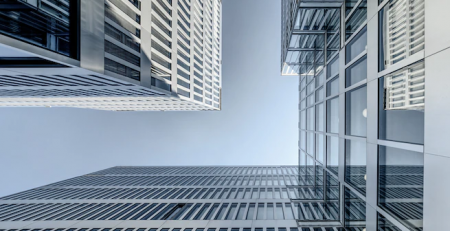From Assembly Lines to Automation: The Evolution of Manufacturing
The manufacturing industry has gone through huge transformations throughout history which have been possible through technological advancements and changing market demands. From the early days of labour-intensive assembly lines to the present era of automation, manufacturers have continually adapted to stay competitive and improve efficiency. In this article, we’ll explore the evolution of manufacturing.
The Rise of Assembly Lines and Mass Production
The start of assembly lines in the early 20th century revolutionised manufacturing. It was pioneered by Henry Ford and his production of the Model T which allowed for standardised, repetitive tasks and reduced production costs. Assembly lines brought incredible efficiency and allowed manufacturers to produce goods at a bigger scale to meet growing customer demand.
The Revolution of Plastic Injection Moulding
Plastic injection moulding emerged as a game-changing manufacturing process in the mid-20th century. This technique involves injecting molten plastic into a mould, allowing for the production of complex and precise plastic components with incredible speed and accuracy. Plastic injection moulding allowed manufacturers to create products with enhanced durability, versatility, and cost-effectiveness compared to traditional materials such as metal or glass.
Over time, advancements in injection moulding technology have made it even more efficient and adaptable. Computer-aided design (CAD) software and computer numerical control (CNC) machining have also helped to streamline the process. As well as this, the integration of robotics and automation has further improved efficiency, consistency and safety within the plastic injection moulding world.

The Rise of 3D Printing
3D printing has become one of the most disruptive technologies in recent years. It allows for the creation of three-dimensional objects by layering materials based on digital models which eliminates the need for moulds or tooling. This technology offers many benefits, including:
- Rapid prototyping
- Customisation
- The ability to manufacture complex geometries with ease
- Minimal waste
- Cost-effectiveness
3D printing has found roles in various industries, such as aerospace, healthcare, and automotive. It has the potential to transform supply chains by enabling on-demand production, reducing inventory costs, and shortening lead times. As technology continues to evolve and materials improve, 3D printing is sure to become an integral part of the manufacturing landscape.
Automation and The Future of Manufacturing
Automation has gained a lot of traction across manufacturing sectors, especially the use of robotics and AI. While automation is mostly focused on repetitive tasks, recent advancements allow robots to perform complex operations with precision, speed, and adaptability. This trend has the potential to reshape the manufacturing workforce, with humans collaborating alongside machines to maximise productivity.
Robots are beginning to be employed in tasks such as material handling, quality control, and assembly. AI-powered systems can also enhance predictive maintenance, optimise production schedules, and enable better decision-making. As a result, manufacturers can achieve higher production rates, improved quality control, and reduced costs.
Takeaway
Manufacturers must continue to embrace emerging technologies and adapt to changing consumer demands to remain competitive in this evolving landscape. The future of manufacturing lies in harnessing the power of automation, advanced materials, and digital technologies to create sustainable, agile, and customer-centric production processes. By staying at the forefront of innovation, the manufacturing industry can unlock new opportunities and shape the future of production.








